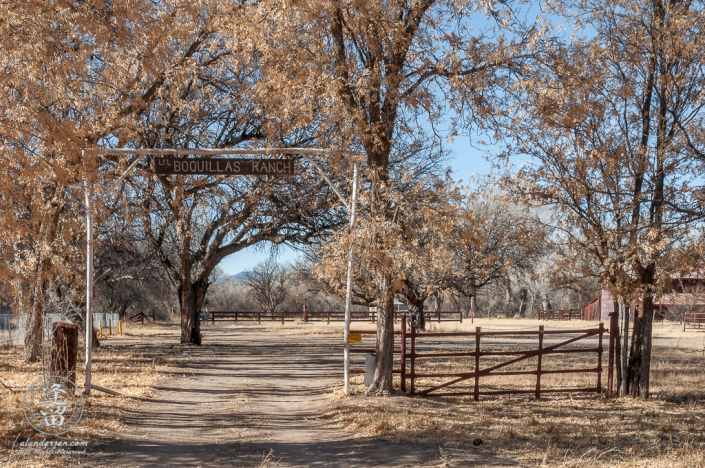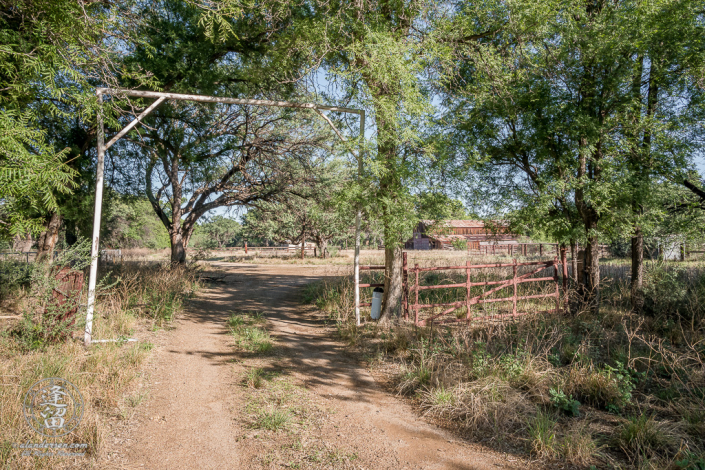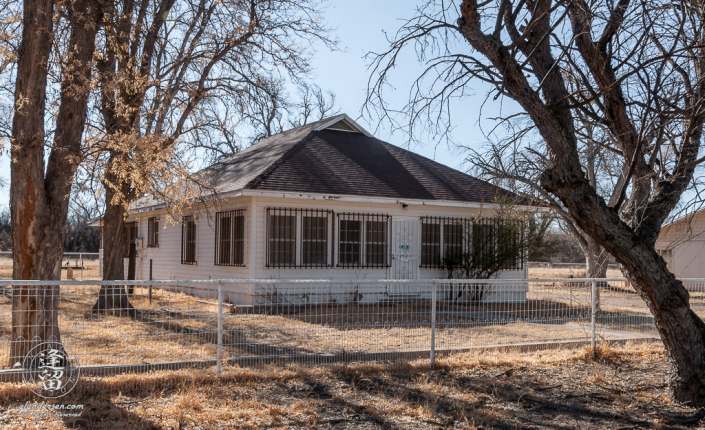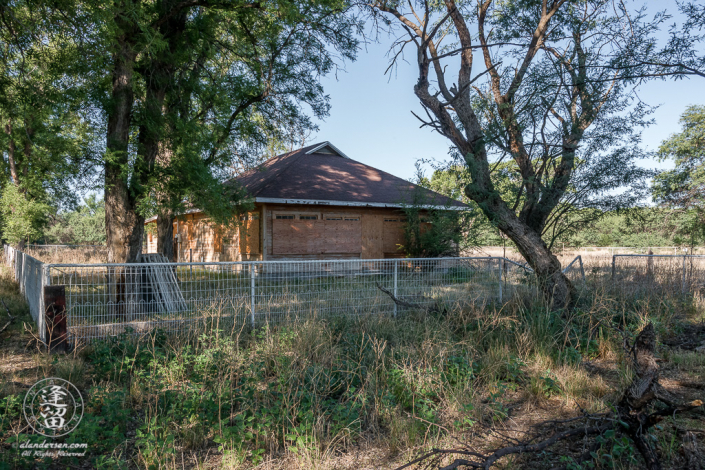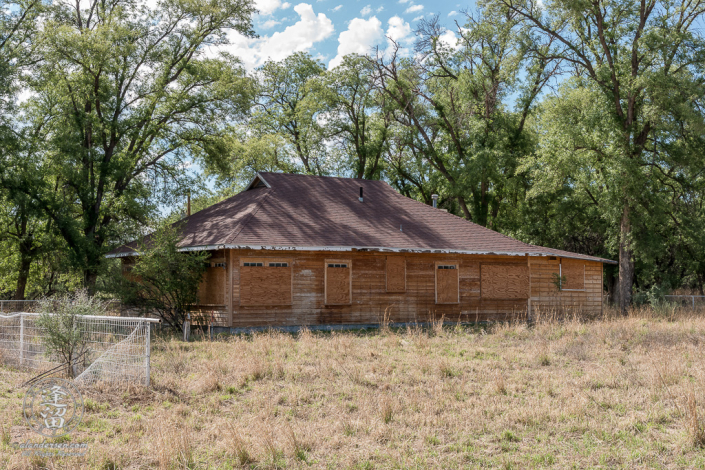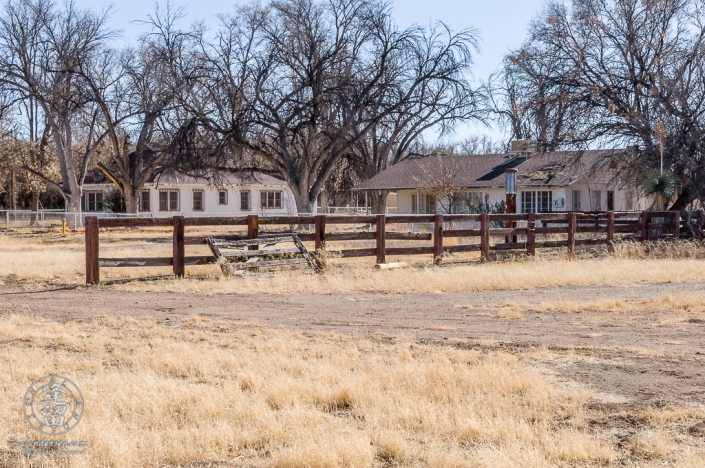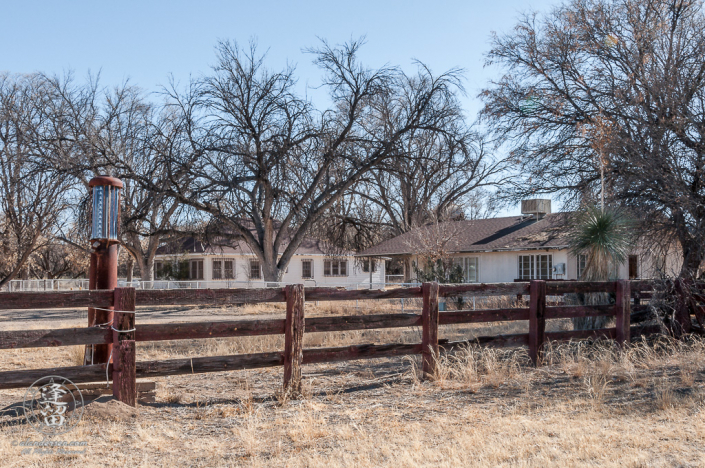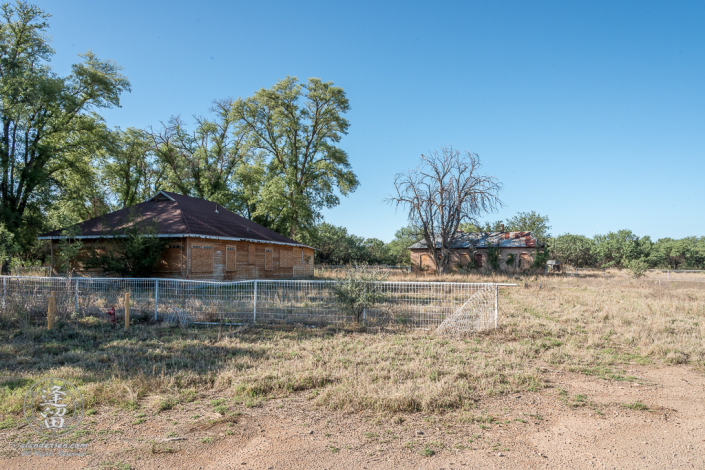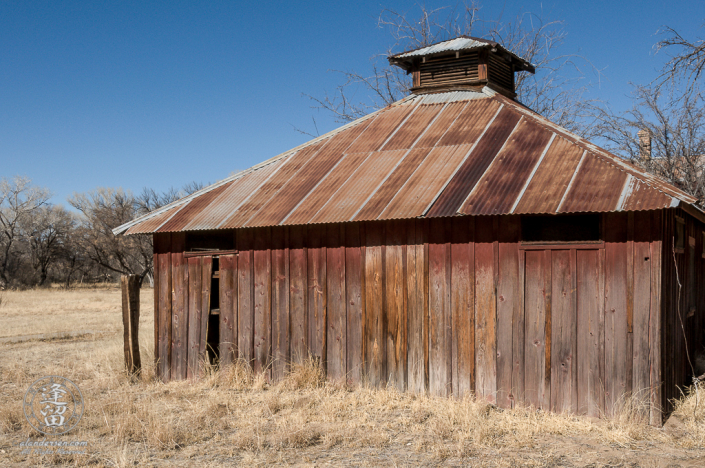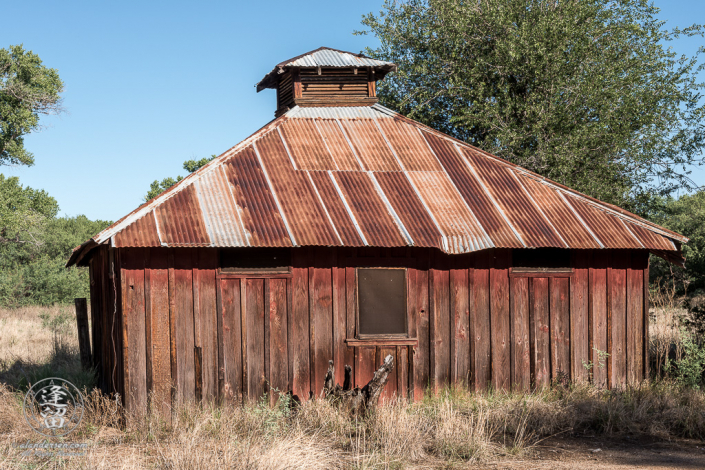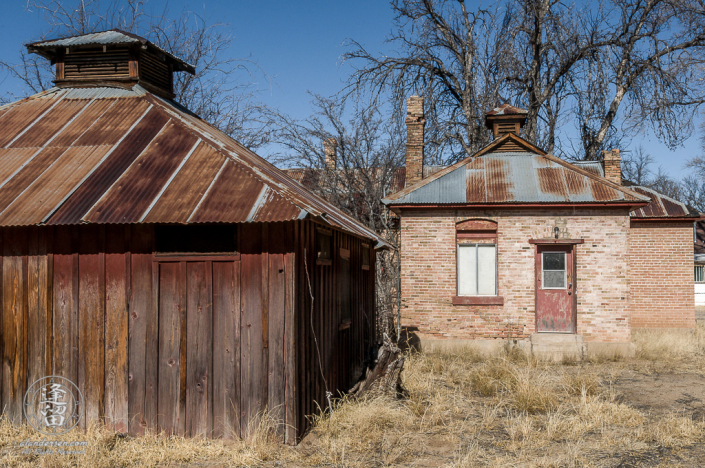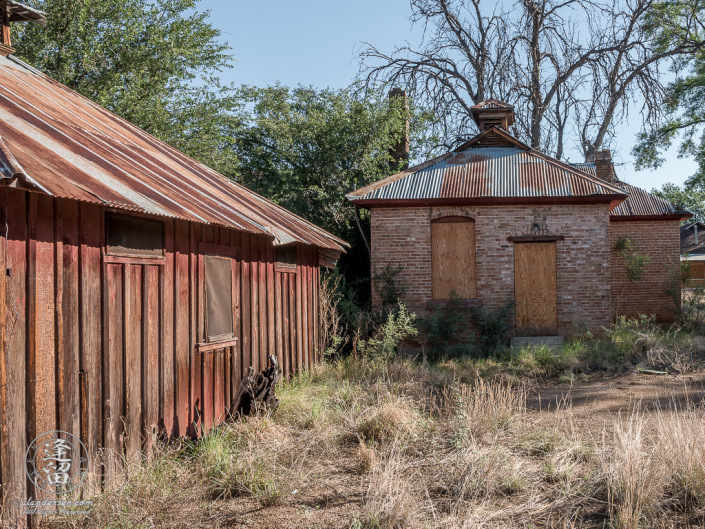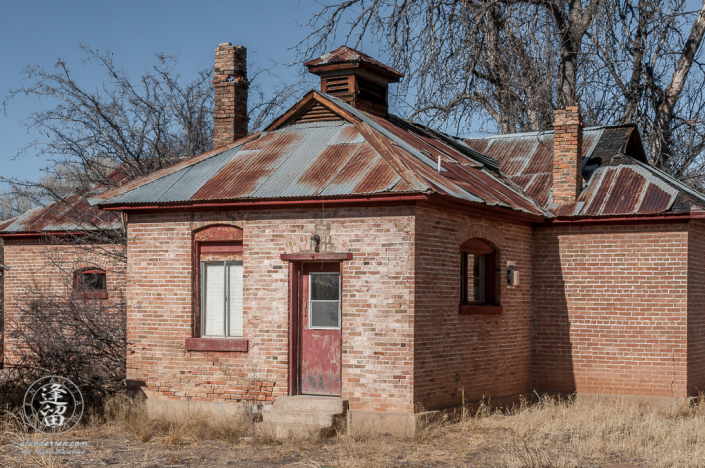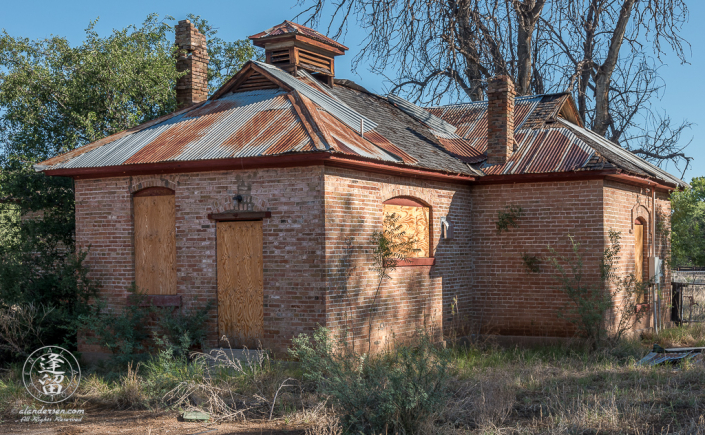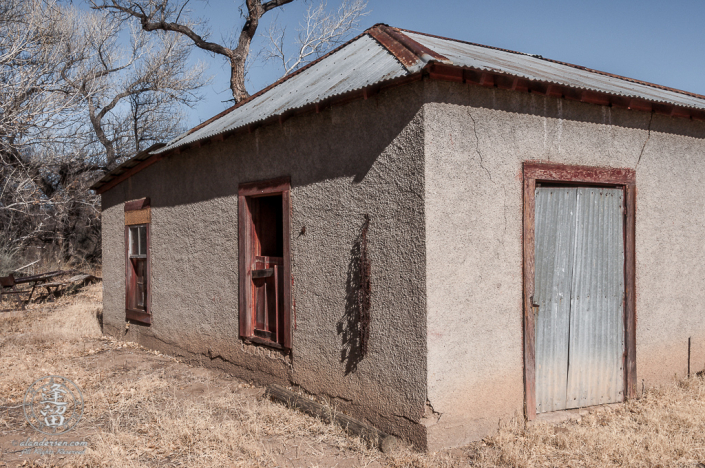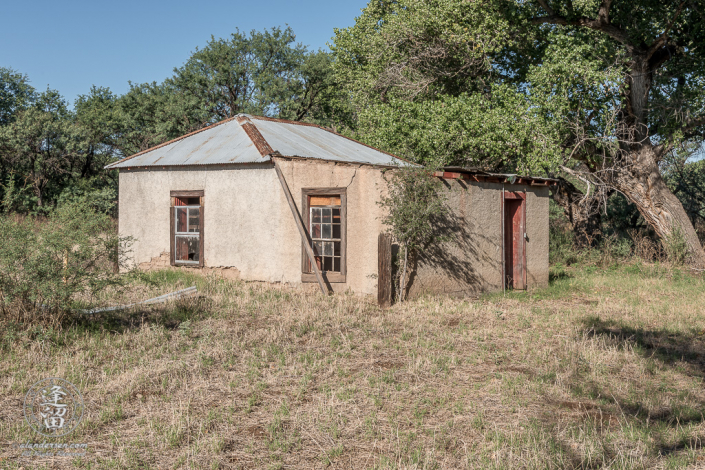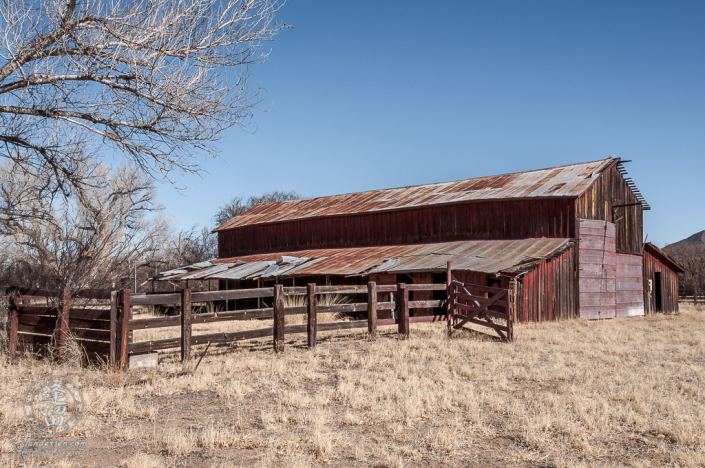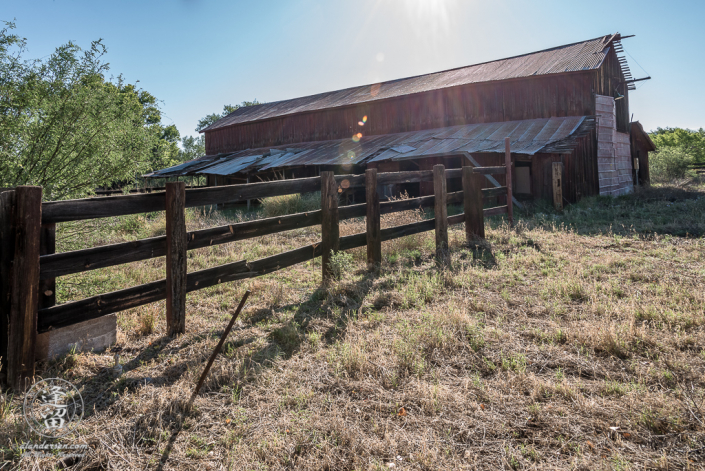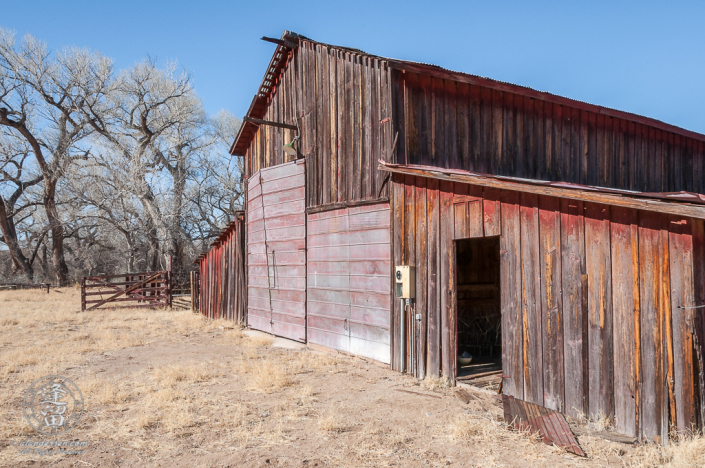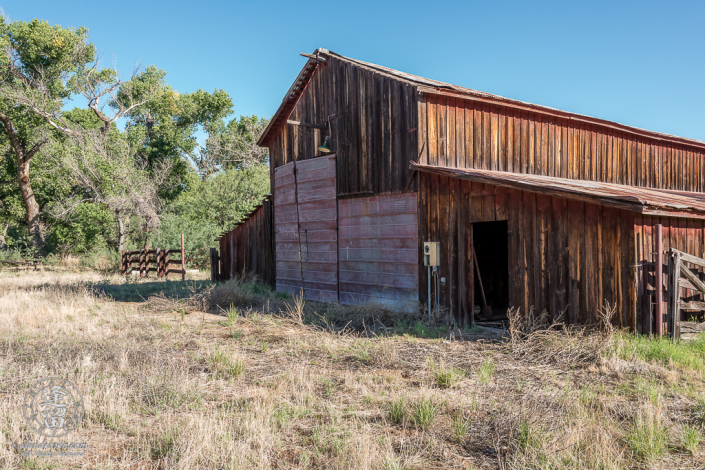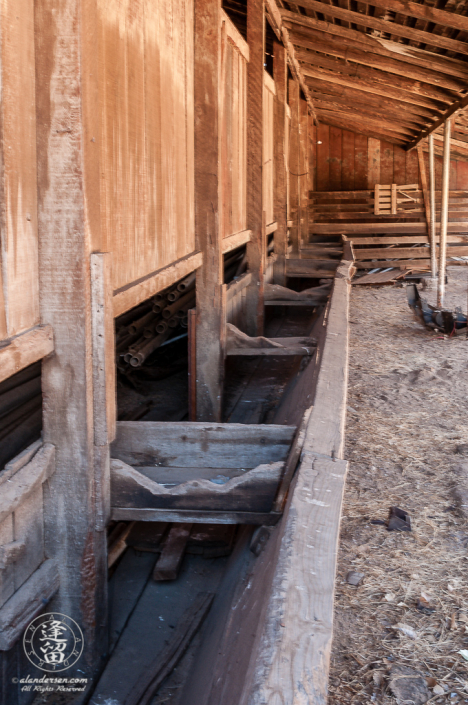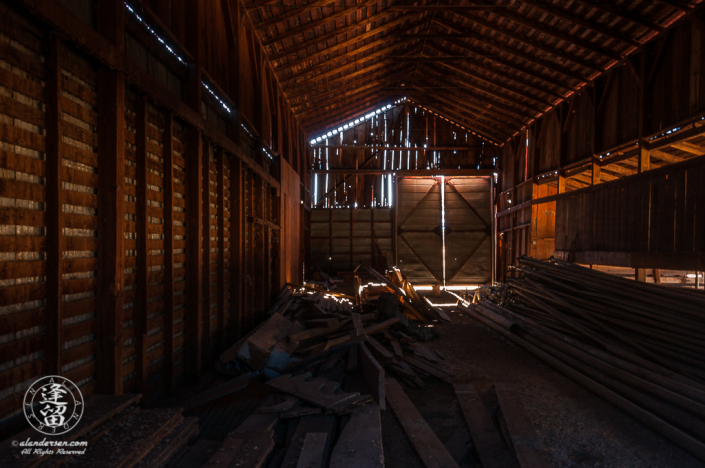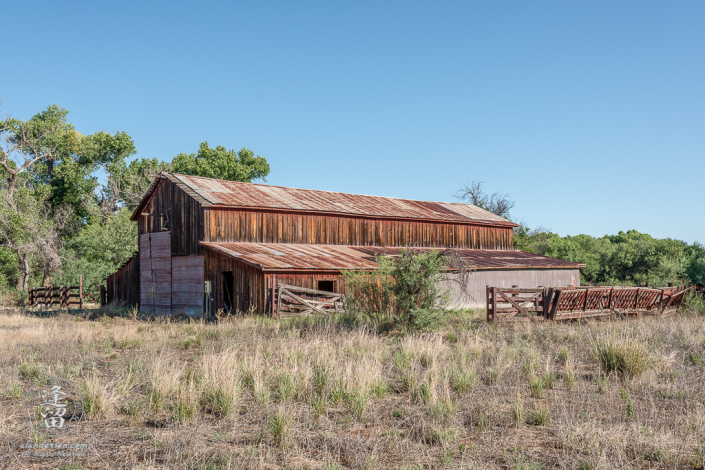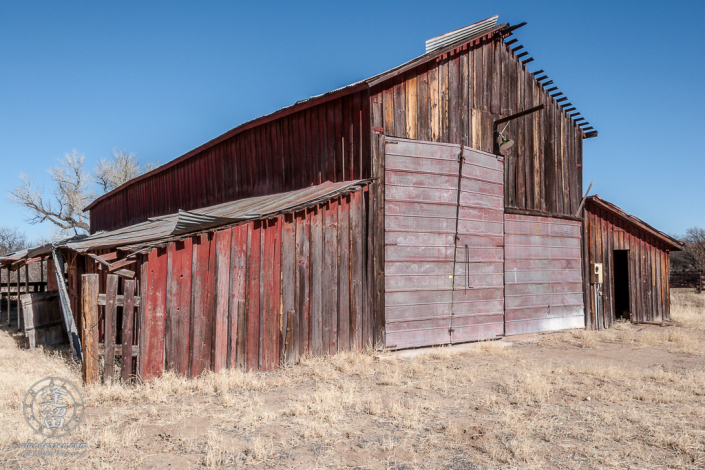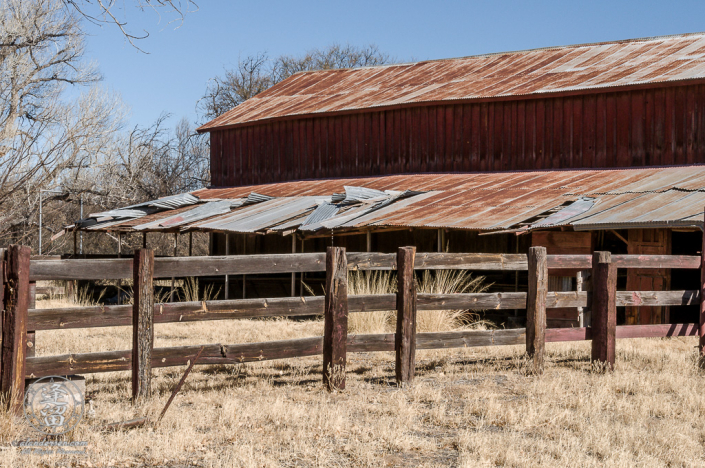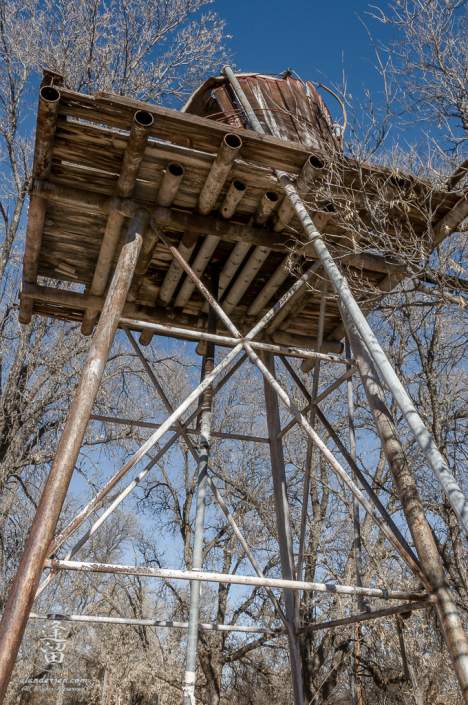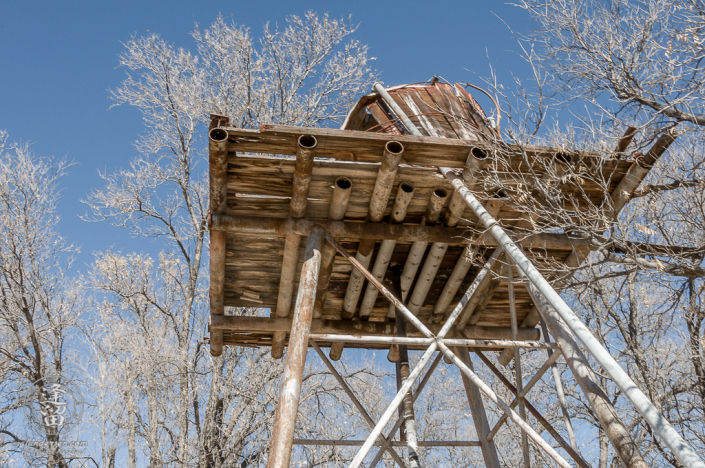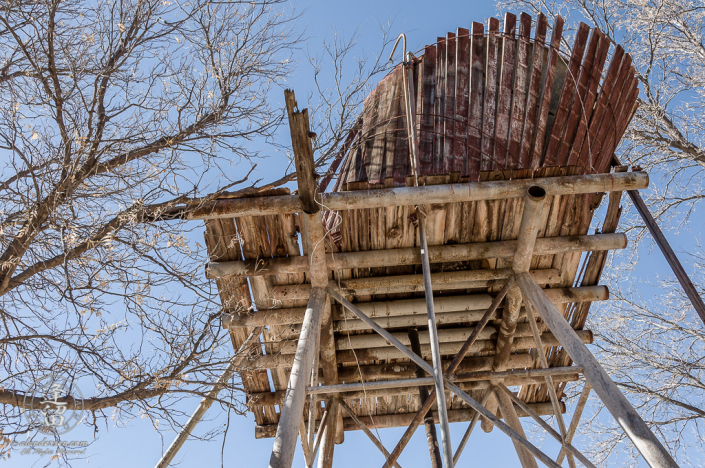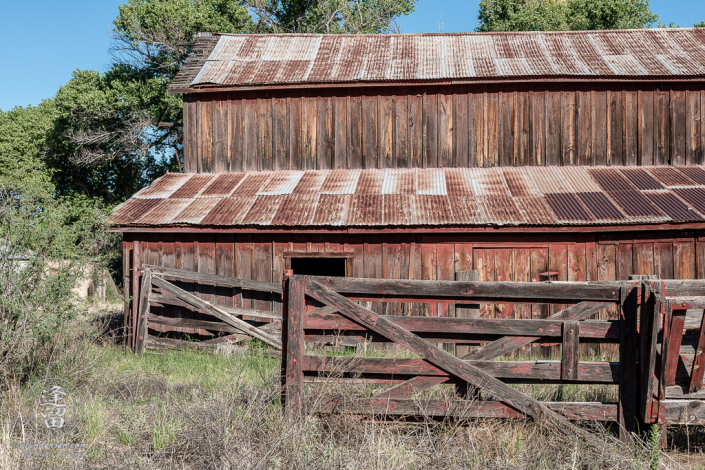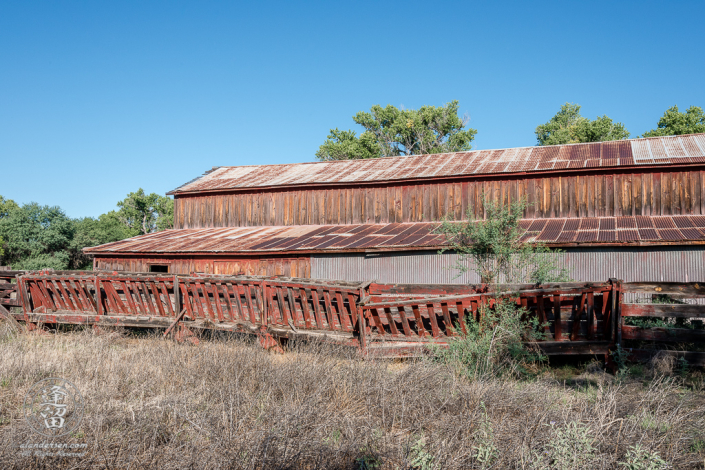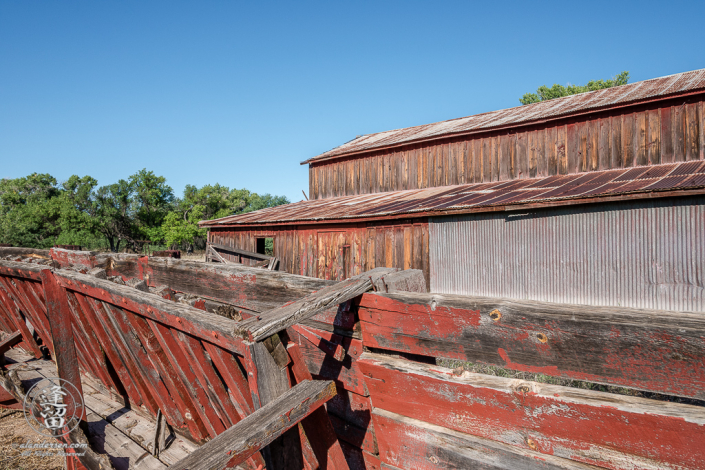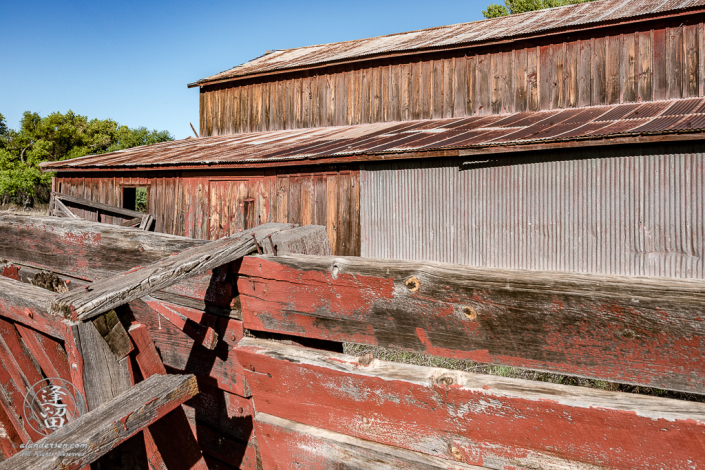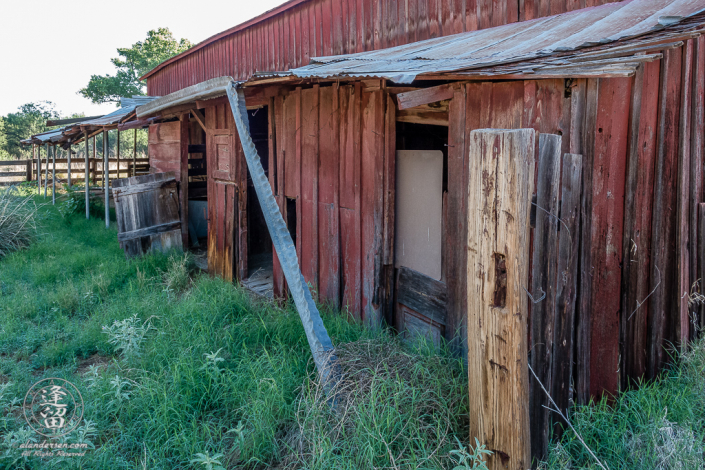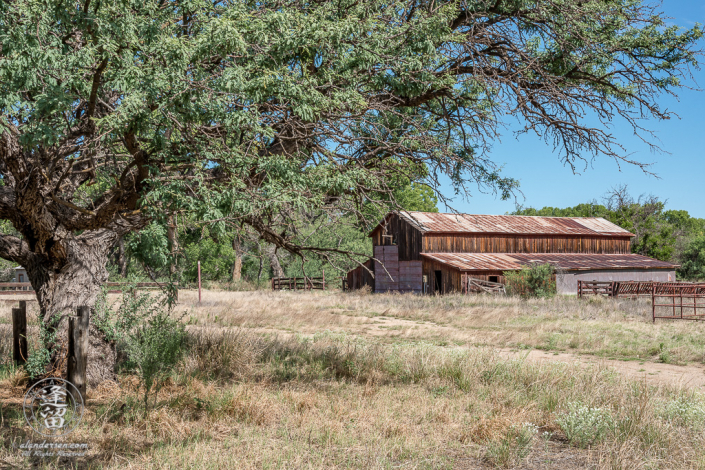Two land grants purchased by Mexican cousins gave birth to a vast cattle empire and the creation of a National Conservation Area over 150 years later.
In 1833, a land grant was provided by the Mexican Government to the family of Rafael Elias Gonzales. This grant, the San Juan de las Boquillas y Nogales (Saint John of the Little Springs and Walnut Trees) Grant, provided four “sitios” of land, approximately 18,000 acres, extending from the ghost town of Charleston up North along the San Pedro River to just South of Fairbank. The cost of the grant was 240 pesos.
Another land grant of four sitios, the San Rafael del Valle Grant, was purchased for 240 pesos by Rafael’s cousin, Captain Ignacio Elias Gonzales, which consisted of the area along the San Pedro extending from Hereford north to Charleston.
After the Mexican-American War (1846-1848), the United States signed the Treaty of Guadalupe Hildago in 1848, and agreed to acknowledge, and most importantly, respect the legitimacy of the Mexican land grants. This agreement came into play after the Gadsen Purchase in 1853, when all the San Pedro Valley became part of the United States.
By this time most of the Mexican settlers had long since left the once-prosperous area, due to constant marauding by the Apache Indians. Once gold and silver were discovered, an influx of American homesteaders and settlers began carving out parcels of land along the San Pedro River, it being the only reliable source of water in the area.
In 1880, George Hill Howard sought to purchase the Boquillas land grant from the Elias family in Sonora, Mexico, with the backing of San Francisco-based business man George Hearst. Once acquired, Howard and Hearst began selling off parcels of the grant for various local investments. Over time, Hearst eventually became the sole owner of the grant.
In 1890, the Del Valle land grant was purchased by another Mexican family, the Camou.
In 1891, the United States Court of Private Land Claims was established to validate land grant claims. After the death of his father in this same year, William Randolf Hearst filed papers with the new court, along with his father’s widow, Phoebe Hearst, for exclusive claim to the Boquillas land grant.
In 1898, ownership of the Del Valle grant was asserted by the Supreme Court to the Camou family, thereby overruling prior dissapproval of the claim by the Court of Private Land Claims.
In 1899, the Court of Private Land Claims ruled that only the Hearst family had the sole valid title to the Boquillas land grant. This decision was immediately contested by thirty-some local residents all the way up to the Supreme Court.
In 1901, while the Boquillas case progressed through the courts, the Hearst family sold the Boquillas grant to the Kern County Land and Cattle Company of California, which in turn formed the Boquillas Land and Cattle Company. A new headquarters was created for the company just south of Fairbank, called the Little Boquillas Ranch.
In 1902, the Supreme Court settled further issues relating to the boundaries of the Del Valle grant.
In 1906, the Supreme Court affirmed the decision of the Court of Private Land Claims. During this time, Kerns began removing what they called “squatting homesteaders” from their land. Evictions were swift and brutal. Home owners were left with nothing because Kerns had filed court actions forbidding residents from removing improvements or property from their former homes. Only those who purchased parcels directly from Hearst, or those in favor with Kerns could remain on their plots.
In 1911 the del Verde grant became part of the vast holdings of “Colonel” William C. Greene.
In 1912, the Kern County Land And Cattle Company purchased the Del Valle land grant from the estate of William C. Greene.
Cattle operations at the Little Boquillas Ranch continued until 1971. The Tenneco Oil Company acquired the Kern County Land and Cattle Company at this time, and thereby gained title to both the Boquillas and Del Valle grants.
In 1986, the Tenneco Oil Company did a land exchange with the Bureau of Land Managment (BLM), and with the acquisition of the Boquillas and Del Valle grants, the San Pedro Riparian National Conservation Area was created.
Credit: The majority of the above information was found in the fascinating and informative article,“The Boquillas Land Grant and the Evictions of 1906”, written by Ron Stewart. It can be found online in the “Friends of the San Pedro River Roundup, Summer 2013”.

